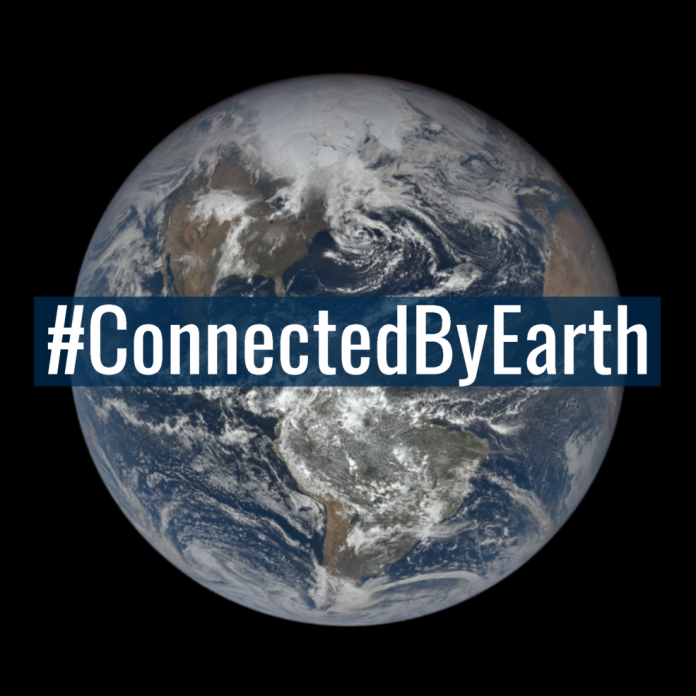WASHINGTON D.C. – NASA’s investment in space – both the unique Earth science conducted in orbit and the technology developed by living in space and exploring the solar system and universe – returns benefits every day, particularly when it comes to environmental issues. From documenting and understanding Earth’s changing climate to creating green technologies, NASA helps us live more sustainably here on Earth and adapt to its natural and human-caused changes.
To celebrate Earth Day this year, NASA is hosting a virtual Earth Day event from Wednesday, April 21, through Saturday, April 24. The event platform will feature live presentations by NASA scientists, as well as interactive chats with Earth science experts. Visitors can explore the connections between Earth’s atmosphere, water cycle, forests, fields, cities, ice caps and climate through videos and interactive science content, a kid-friendly fun zone, a scavenger hunt, hundreds of downloadable resources (some available in Spanish) and more.
Registration is free and open to the public. To participate, visit:
http://go.nasa.gov/JoinEarthDay2021
On Earth Day, April 22, at 11 a.m. EDT, NASA will host a special live conversation with Grammy-nominated singer-songwriter Shawn Mendes and five people living and working in space: NASA astronauts Mike Hopkins, Victor Glover, Dr. Shannon Walker, Mark Vande Hei and Japan Aerospace Exploration Agency (JAXA) astronaut Soichi Noguchi. Mendes will ask the astronauts about their experience, as well as facilitate questions submitted in advance from social media and young people around the world related to Earth Day, climate change and how the astronauts study Earth from space. The event will air live on NASA Television, the NASA app and the agency’s website.
#ConnectedbyEarth
This Earth Day, NASA invites people to celebrate by sharing how people across the globe are connected by Earth. Connect with us on Earth Day and throughout the week by posting an image on social media of the bit of Earth that connects you to our planet using #ConnectedbyEarth.
The collective images of so many different parts of our planet and the humans (and other creatures) who share it will create a stunning picture of the connected pieces of our world.
Here are some highlights of NASA Earth Day content and activities next week (all Eastern time):
Tuesday, April 20
3 p.m. – Watch us on Instagram Live @NASAEarth to discuss how to become a climate scientist.
Wednesday, April 21
10:30 a.m. – Live webinar on the event platform with experts about the water cycle, glaciers and impacts of climate change
Thursday, April 22
1 p.m. – Live webinar on the event platform with experts about climate change, life in space, plants in space, space crop production and Earth’s role in our Solar System
3 p.m. – NASA Science Live episode about climate change, global temperatures and sea level
NASA is also exploring the connections between life on Earth and the agency’s mission to return astronauts to the Moon and eventually, send humans to Mars. NASA’s Vegetable Production System, known as Veggie, experiments with ways to grow plants in space to give astronauts vital nutrition from freshly grown fruits and vegetables.
This Earth Day, we encourage you to start your own garden – be it in a plot of Earth or a pot full of Earth – using seeds similar to those grown on the International Space Station. This can include romaine lettuce, radishes, mustard and more. Share photos on social media as your garden comes to life through the spring and summer with #GrowForLaunch.
If you’re interested in more structured growing activities, visit Growing Beyond Earth, a classroom-based citizen science project sponsored by Fairchild Gardens of Coral Gables, Florida in partnership with NASA. More than 250 middle and high school classes around the United States are participating in these plant experiments based on the International Space Station Veggie program.
To learn more about NASA’s Earth Day activities, visit:




















